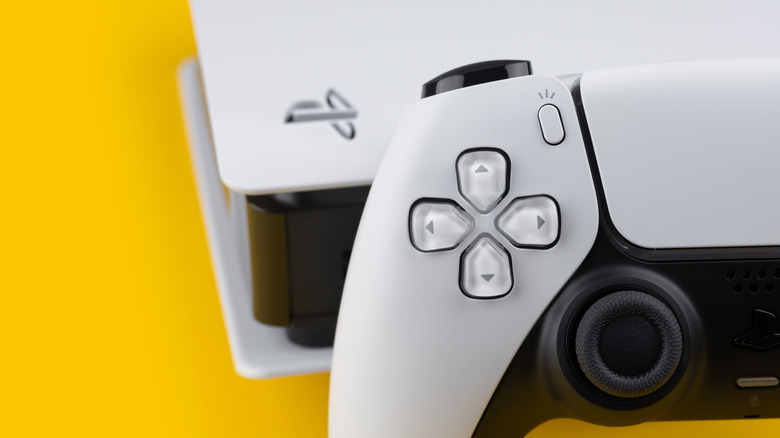The Success of Sony’s PlayStations
Sony’s PlayStation consoles have consistently dominated the gaming industry, with the PlayStation 2 being the most successful console in history. However, even the latest model, the PlayStation 5, has achieved remarkable success since its release in 2020. As of now, over 77.7 million units have been sold globally. This includes variations such as the PlayStation 5 Slim, launched in 2023, and the PlayStation 5 Pro, an upgraded version released in 2024. These models have expanded the reach of the PlayStation brand, making it a household name across the world.
But where exactly are these consoles being produced? Sony, a company headquartered in Tokyo, Japan, states that its PlayStation 5 consoles are manufactured at the Kisarazu site in Chiba, Japan. This facility has been operational since 1953 and serves as a key hub for Sony’s production efforts. Despite this, some confusion arose when photos shared by a Redditor showed that certain PS5 boxes indicated the consoles were made in China, while others were labeled as being made in Japan. Accessories, in particular, often came from Chinese manufacturers.
This highlights the complex global supply chain that Sony relies on. While the company has manufacturing facilities in China, it has also moved some production to other countries in recent years. It is likely that many PlayStation 5 consoles and their hardware components are sourced from China. Even the consoles assembled in Japan may contain parts or materials imported from China.
How the PlayStation 5 is Made
In a video for Wired, Mark Cerny, Sony’s Lead System Architect, explained that the biggest challenge in creating a console lies in managing the vast number of details involved in its development. Engineers must consider not only the performance of each component but also how easily they can be assembled using automated systems. Sony is not alone in using robotics for manufacturing; similar techniques are used in industries like automotive and 3D printing.
The process of assembling a PlayStation 5 involves more than a thousand suppliers from around the world. Once all the components arrive at the manufacturing facility—whether it’s the Kisarazu site or another location—a single console can be assembled in just 30 seconds. The entire process is carefully monitored by engineers in Sony’s clean and highly advanced facility. There are 32 robots working in unison to handle the assembly. These robots first manage the wiring and cables for the motherboard, then assemble multiple CPUs and place the custom-designed AMD chip into position, ensuring the console has an efficient cooling system.
Before leaving the facility, each PlayStation 5 undergoes rigorous testing. The consoles are powered on, all ports and disc drives are checked, and necessary software is installed. If any issues are detected, the console is flagged and may even be recycled if required.
Potential Shifts in Manufacturing Due to Tariffs
In May 2025, Sony revealed that the tariffs imposed by former U.S. President Donald Trump on imported electronics could cost the company approximately $680 million. This financial burden could lead to higher prices for the PlayStation 5 in the United States. Sony CEO Hiroki Totoki had previously mentioned that the company was considering producing the console in the U.S. to streamline operations and reduce costs.
In April 2025, Sony increased the price of the PlayStation 5 in Europe, Australia, and New Zealand. On its website, the company attributed the price hike to “a challenging economic environment, including high inflation and fluctuating exchange rates.” During a call with investors, Totoki stated, “There are a lot of tariffs and uncertain issues around the environment. So rather than looking at the unit sales, we want to look at the entire market and try to have a flexible approach to shipment.”
While Sony already operates facilities in the United States, such as Sony DADC in Indiana, transitioning production to the U.S. would require significant changes to its existing operations. The company would need to adapt its current precise manufacturing processes to meet the demands of a new location.
